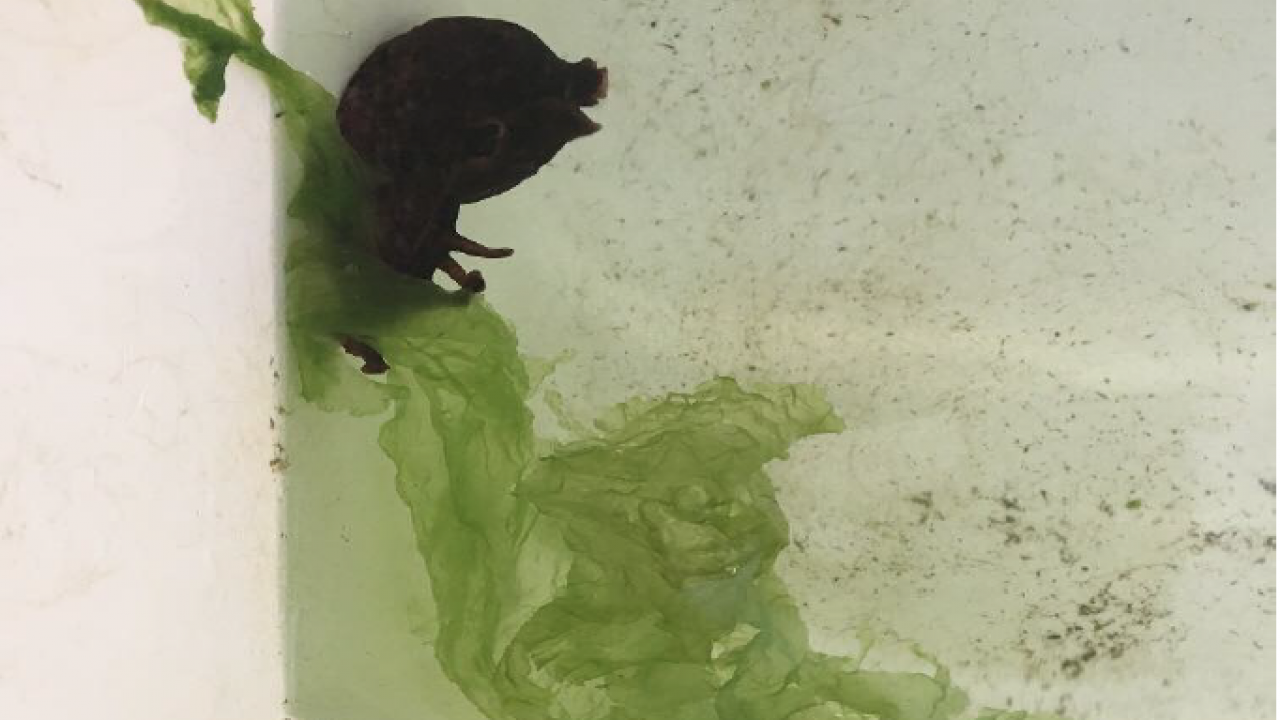
Understanding the Importance of Animal Behavior in Science
My name is Yangjum Sherpa and I am a third year student at SRJC. My major is Biology and I am interested in the field of Neuroscience. It is difficult to find an internship however, I was very lucky to intern at UC Davis Bodega Marine Lab (BML). I was mentored by Ashley Smart, who is currently a PHD student. It was a wonderful experience to learn science with a friendly and down to earth mentor at a marine laboratory surrounded by breathtaking ocean view. After taking Bio 2.2 (Animal Biology) class, I was fascinated by different behaviors of animals based on their surroundings. When my professor announced the internship opportunity, I did not hesitate to apply. Reflecting back, I am glad I applied.
Ashley’s research is focused on Aplysia, cute sea slugs which can grow as large as 6.8 kg. The experiment was about how the ocean acidification is affecting the Aplysia’s response to different stimuli, for example food or other chemicals. Before the actual experiment, Ashley provided literature papers that covered knowledge about Aplysia and also about ocean acidification (OA). I also performed ethology and collected data on their behavior. I observed the Aplysia for over two hours and I should say that watching these creatures was one of the most pleasurable feelings (like an ASMR). Afterwards, I assisted Ashley with the experiment and learned about how an experiment is designed and processed. We had a total of twelve Aplysia, which were divided into six so that the experiment can be repeated twice and were exposed to ambient and OA habitat. Aplysia are known to be a fascinating research animal as they have evolved unique chemical defenses against predators. Food, Ink and Seawater were used as a form of stimuli and their behavior towards these stimuli were recorded for future behavior analysis. Since I am also interested in Neuroscience, it was very interesting to know that these creatures were used as models to learn about memory and learning because of their simple nervous system. Fun fact that the study of Aplysia for understanding how an organism’s neural behavior functions has led to the 2000 Nobel prize in medicine being co-awarded to Eric Kendel. Overall, one of the biggest learning experiences from my summer at BML was understanding about what a PHD degree meant as through these experiments, I was also shadowing my mentor. It gave me a good idea about what pursuing a PHD degree meant. I am very glad that I got this opportunity because I have learned many skills that will help me in my future endeavors. Lastly, I would like to thank my mentor and other BML representative who helped make this internship possible.



